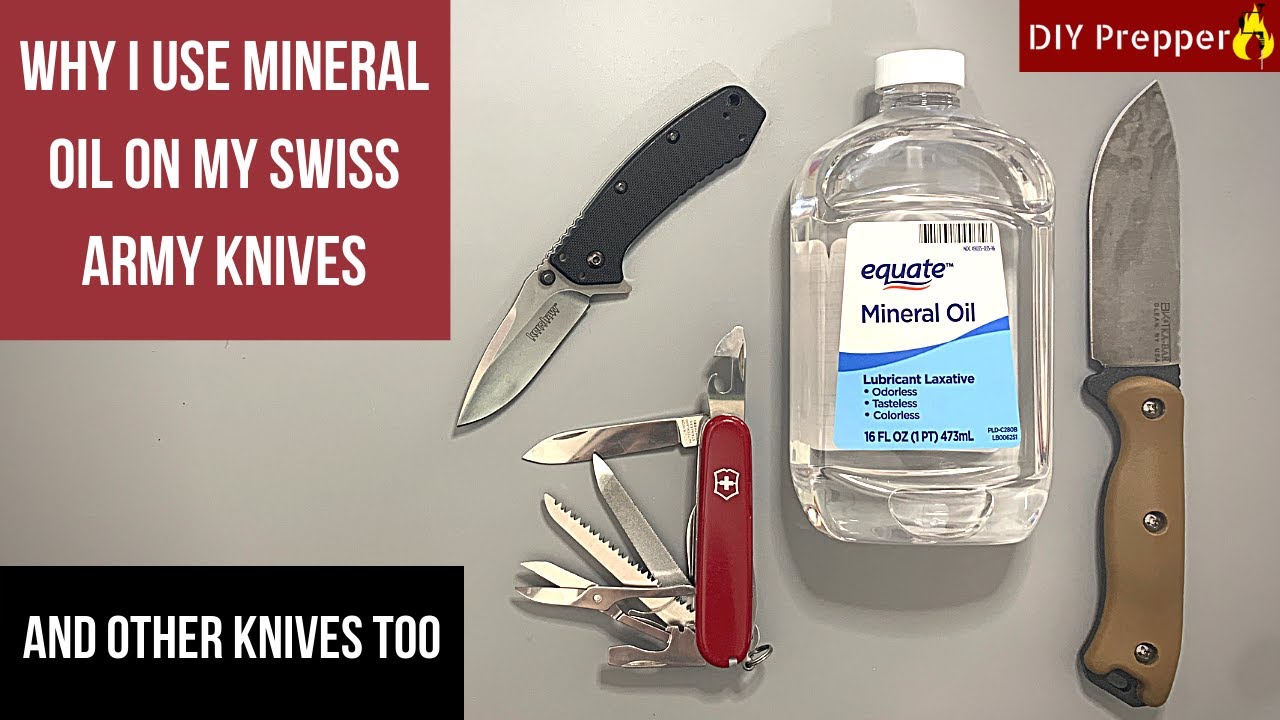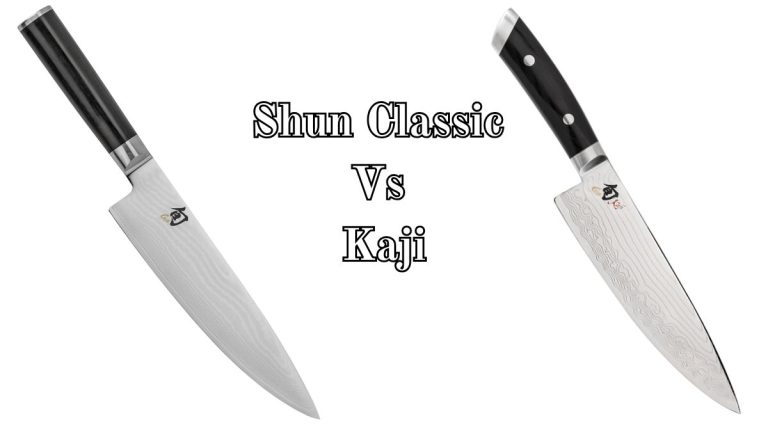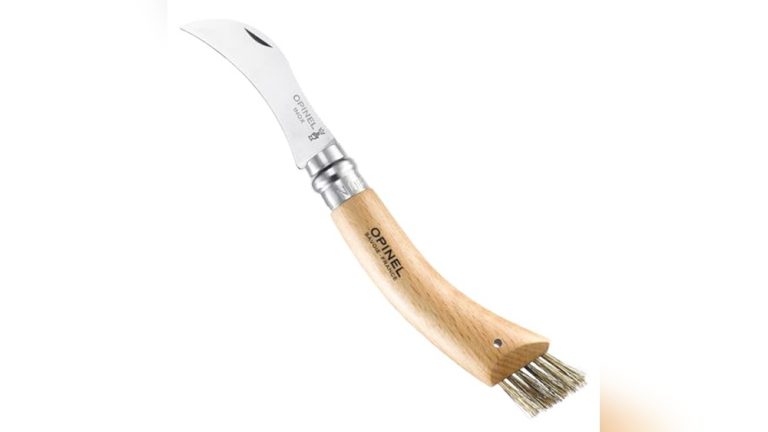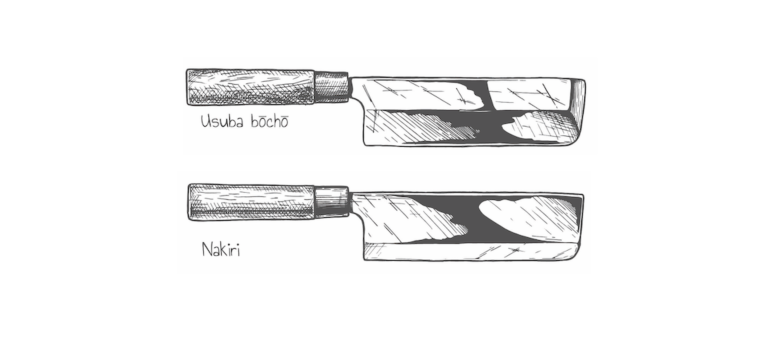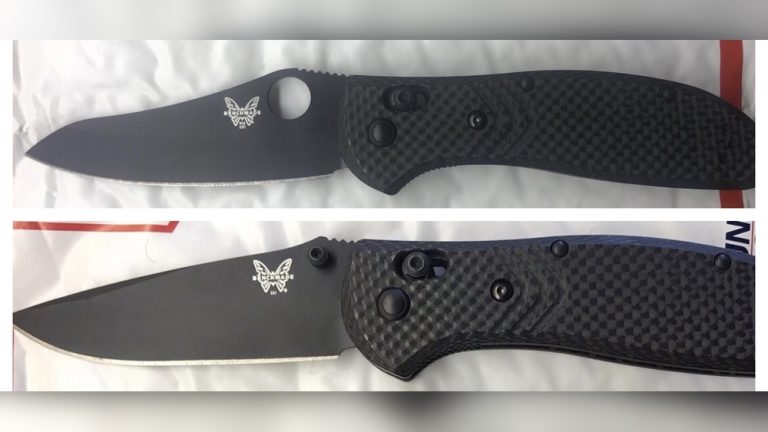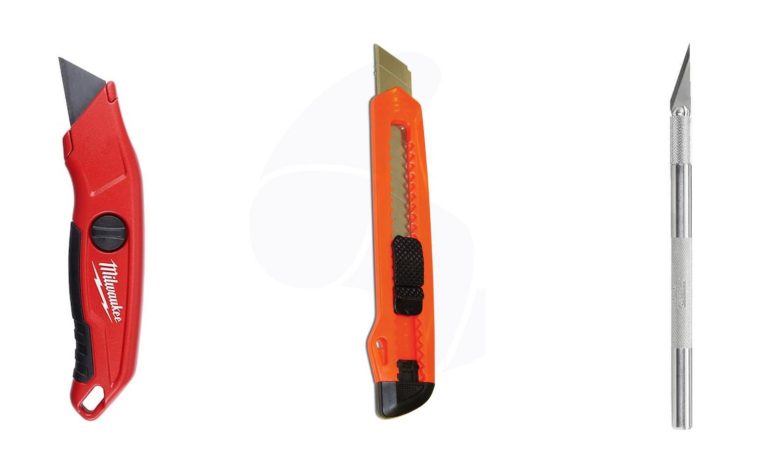How to Oil a Knife: Expert Tips for Long-Lasting Sharpness
Oiling a knife is crucial for its longevity. It helps maintain the blade’s sharpness and prevents rust.
Keeping your knife in top condition requires regular maintenance. Oiling is a simple yet vital step in this process. Whether you use your knife for cooking, hunting, or everyday tasks, proper care ensures it remains reliable. This guide will walk you through the steps to oil your knife correctly.
You will learn about the types of oils suitable for different knives and how to apply them. By the end, your knife will be well-protected and ready for use. Let’s dive in and keep your blades in prime condition.
Importance Of Oiling Your Knife
Maintaining your knife is essential for its longevity and functionality. Oiling your knife is a crucial part of this maintenance. It ensures your knife remains in top condition, ready for any task. Let’s explore the reasons why oiling your knife is so important.
Prevents Rust
Rust can destroy a knife over time. Oiling your knife creates a protective barrier. This barrier prevents moisture from reaching the metal. By keeping moisture away, you significantly reduce the risk of rust.
Use a food-safe oil for kitchen knives. Mineral oil is a popular choice. It does not go rancid and is safe for food contact. Regular oiling keeps your knife rust-free and ready for use.
Enhances Performance
A well-oiled knife performs better. The blade moves smoothly through food. Friction is reduced, making cuts cleaner and easier. This is especially important for delicate tasks.
An oiled knife also stays sharper longer. Sharpening is less frequent, saving you time and effort. The overall cutting experience improves with regular oiling.
Here’s a simple table outlining the benefits of oiling your knife:
| Benefit | Explanation |
|---|---|
| Prevents Rust | Creates a barrier against moisture, reducing rust risk. |
| Enhances Performance | Reduces friction, making cutting easier and smoother. |
| Maintains Sharpness | Keeps the blade sharp for a longer period. |
In conclusion, regularly oiling your knife is essential for its maintenance. It prevents rust and enhances performance. Make it a part of your routine, and your knife will thank you.
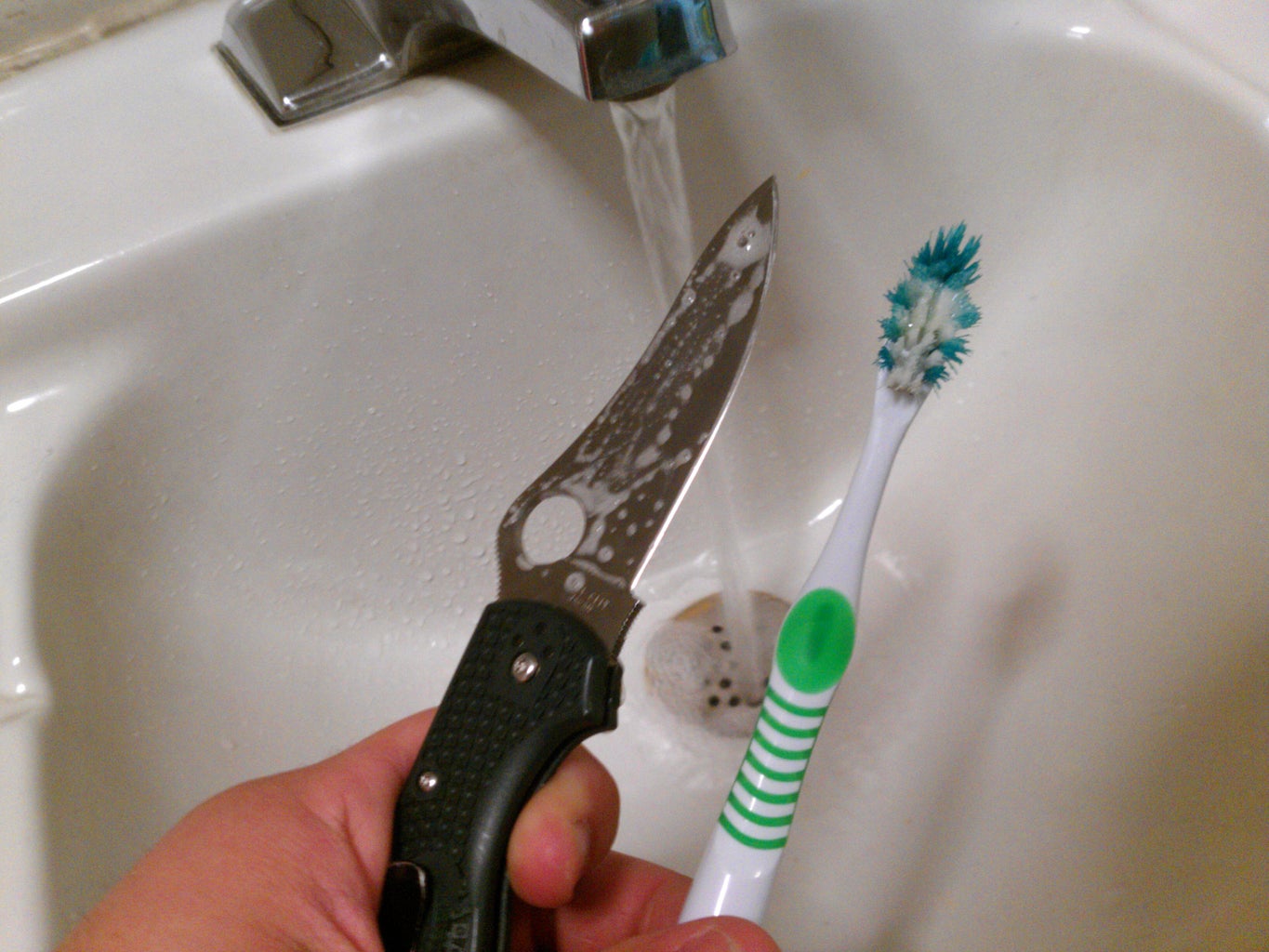
Credit: www.instructables.com
Choosing The Right Oil
Choosing the right oil for your knife is crucial. The oil protects the blade from rust and wear. But not all oils are the same. Different oils serve different purposes. Some are better suited for kitchen knives. Others work well for outdoor or survival knives. Let’s dive into the types of knife oils and food-safe options.
Types Of Knife Oils
There are various types of knife oils. Mineral oil is a common choice. It is easy to find and affordable. Synthetic oils are another option. They often provide better protection. Natural oils, like camellia oil, are also popular. Each type has its pros and cons.
Food-safe Options
If you use your knife for food, choose a food-safe oil. Mineral oil is often food-safe. It is also odorless and tasteless. Beeswax mixed with mineral oil can add extra protection. Camellia oil is another food-safe option. It is natural and safe for kitchen use.
Preparing Your Knife
Before oiling your knife, proper preparation is essential. This ensures the oil adheres well and provides maximum protection. Follow these steps to get your knife ready for oiling.
Clean The Blade
Start by cleaning the blade thoroughly. Use a soft cloth or sponge with mild dish soap. Gently scrub away any dirt, food residue, or rust. A clean blade ensures the oil penetrates the steel better.
After scrubbing, rinse the blade under warm water. Make sure all soap is removed. Leftover soap can affect the oil’s effectiveness. Avoid using harsh chemicals or abrasive materials as they can damage the blade.
Dry Thoroughly
Once the blade is clean, dry it completely. Use a soft, absorbent cloth to wipe off any water. Pay special attention to the edges and joints. Any moisture left can lead to rust.
For best results, let the knife air dry for a few minutes. This ensures every part of the blade is moisture-free. A dry blade helps the oil to adhere properly and provides better protection.

Credit: www.youtube.com
Applying The Oil
Applying oil to your knife is a key step in maintaining its performance and longevity. Properly oiled knives resist rust and stay sharp longer. This process is simple and can be done in a few steps.
Use A Cloth Or Brush
First, choose a clean cloth or a soft brush. These tools help in spreading the oil evenly. A microfiber cloth works best as it does not leave lint. A soft brush can reach into any grooves or patterns on the blade.
Cover The Entire Blade
Pour a few drops of oil onto the cloth or brush. Start applying the oil from the base of the blade. Move towards the tip, ensuring every part is covered. Do not forget the edges and spine of the knife.
Once the entire blade is coated, let it sit for a few minutes. This allows the oil to penetrate and protect the metal. Wipe off any excess oil with a clean part of the cloth. Your knife is now ready and well-protected.
Frequency Of Oiling
Oiling your knife is essential to maintain its performance and longevity. The frequency of oiling depends on how often you use and store your knife. Let’s explore how regular use and storage considerations affect how often you should oil your knife.
Regular Use
If you use your knife daily, oiling it once a week is ideal. This keeps the blade sharp and prevents rust. For knives used less frequently, oiling once a month is sufficient. Remember to clean the knife before oiling. This ensures the oil adheres properly to the blade.
Storage Considerations
Proper storage impacts the frequency of oiling. If you store your knife in a humid area, oil it more often. Humidity can cause rust, so oil the blade every two weeks. If stored in a dry place, monthly oiling should suffice. Always store your knife in a dry, cool place to reduce the need for frequent oiling.
Storing Your Oiled Knife
Properly storing your oiled knife is crucial to maintain its sharpness and longevity. Once you’ve applied oil to your knife, you need to store it correctly to prevent rust and damage.
Use A Sheath
Always store your oiled knife in a sheath. A sheath protects the blade from exposure to air and moisture. It also prevents accidental cuts. Leather or synthetic sheaths are good options. Ensure the sheath is clean and dry before storing the knife.
Avoid Humid Environments
Avoid humid environments when storing your oiled knife. Humidity can cause rust and corrosion. Store your knife in a cool, dry place. A drawer with a silica gel packet can help absorb moisture. Never store your knife in a damp area or near a sink.
Common Mistakes
Oiling a knife seems simple. But many make mistakes that can damage the blade. Avoid these common errors to keep your knife in top shape.
Over-oiling
Many think more oil is better. This isn’t true. Over-oiling can attract dust and dirt. This can cause the blade to rust faster. Use just a few drops of oil. Spread it evenly over the blade.
Using Incorrect Oils
Not all oils are good for knives. Some oils can be too thick. Others might leave a sticky residue. Use mineral oil or food-grade oil. These oils won’t damage your knife. They also don’t leave harmful residues.
Maintaining Knife Sharpness
Keeping your knives sharp is crucial for safe and efficient cutting. A sharp knife not only makes cooking easier but also reduces the risk of accidents. Proper maintenance includes regular honing and professional sharpening. Below, we explain how to maintain your knife’s sharpness effectively.
Regular Honing
Honing is essential for knife maintenance. It realigns the blade, keeping it sharp without removing material. Regular honing helps maintain the edge between professional sharpening sessions.
Follow these steps to hone your knife:
- Hold the honing rod vertically, with the tip on a stable surface.
- Place the knife at a 20-degree angle against the rod.
- Slide the blade down the rod, maintaining the angle. Repeat on the other side.
- Alternate sides, honing each side 5-10 times.
Hone your knife after every 2-3 uses to keep it in prime condition. Consistent honing extends the life of your knife and ensures smooth cutting.
Professional Sharpening
Even with regular honing, knives need professional sharpening. This process removes metal, restoring the blade’s edge. Professional sharpening is recommended every 6-12 months, depending on usage.
Benefits of professional sharpening include:
- Restored edge for precise cutting
- Extended knife lifespan
- Safer and more enjoyable cooking experience
Seek out a reputable service for sharpening. Many kitchen supply stores offer sharpening services, or you can find professionals online. Regular professional sharpening keeps your knives performing at their best.

Credit: www.reddit.com
Frequently Asked Questions
Why Should You Oil A Knife?
Oiling a knife prevents rust and corrosion. It also maintains the blade’s sharpness. Regular oiling ensures smooth cutting performance.
How Often Should You Oil A Knife?
You should oil a knife after each use. This is especially important if it gets wet. Regular maintenance keeps the blade in good condition.
What Type Of Oil Is Best For Knives?
Use food-safe mineral oil for kitchen knives. It prevents contamination and keeps the blade sharp. Avoid cooking oils as they can become rancid.
Can You Use Olive Oil On Knives?
It’s not recommended to use olive oil. It can become sticky and rancid. Use food-safe mineral oil instead.
Conclusion
Caring for your knife keeps it sharp and efficient. Regular oiling prevents rust and maintains performance. Use food-grade mineral oil for safety. Apply a few drops, then spread evenly. Store your knife in a dry place. Remember, a well-oiled knife is safer and lasts longer.
Follow these steps, and your knife will serve you well. Happy cooking!

